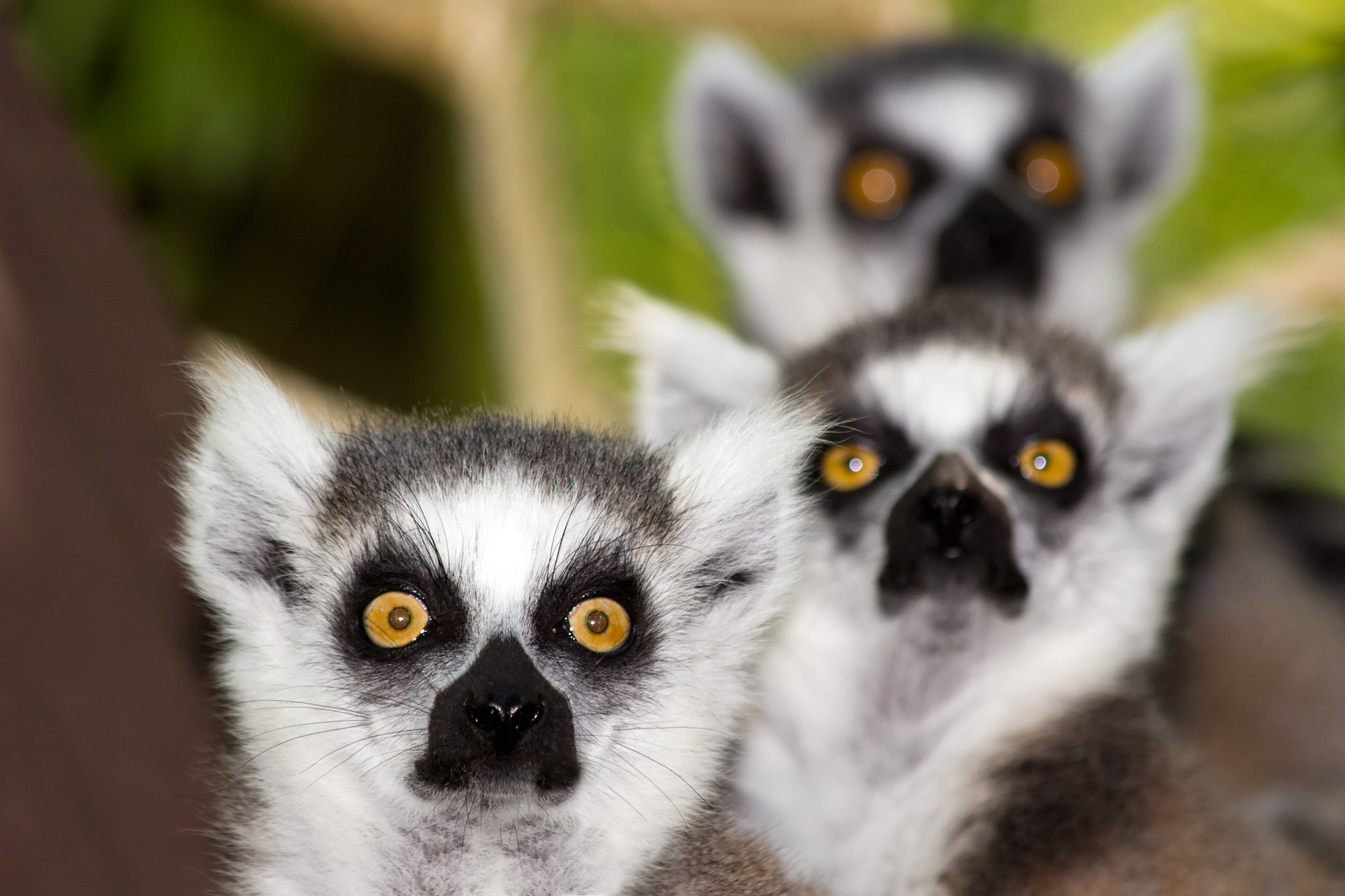

Madagascar, besides being the inspiration for several animated films, is home to some of the world’s most interesting creatures. The island split from the African coast about 160 million years ago, and now sits about 250 miles off of the continent’s east coast in the Indian Ocean. It’s considered a biodiversity hotspot—about 95 percent of the island’s reptiles, 89 percent of its plant life, and 92 percent of its mammals not found anywhere else on Earth, according to the World Wildlife Fund.
But once upon a time, Madagascar was home to some incredible large-bodied vertebrates (also called megafauna), including giant Subfossil lemurs that were as big as gorillas, 10 foot-tall elephant birds, giant tortoises, and hippopotami. A study focusing on human genetics published today in the journal Current Biology links this loss of these large vertebrates with the first major expansion of humans on the island about a millennium ago.
[Related: Below Madagascar, cave divers surface secrets of the past.]
“This human demographic expansion was simultaneous with a cultural and ecological transition on the island,” study author Denis Pierron from the French National Centre for Scientific Research (CNRS) said in a statement. “Around the same period, cities appeared in Madagascar and all the vertebrates of more than 10 kilograms [22 pounds] disappeared.”
According to Pierron, the origins of human life in Madagascar have long been an enigma. The island is homes to 25 million people who speak a language called Malagasy. Malagasy is also spoken on other Indian Ocean islands like Réunion, Mayotte, and Mauritius and some groups who speak the language live more than 4,000 miles away in the Sunda Islands of southeast Asia. Additionally, people living on Madagascar are known to trace their roots back to two small populations: one from Africa that speak a Bantu language and another from Asia that speak an Austronesian language.
In an effort to retrace the history and origin of the Malagasy language on the island, began a project called Madagascar Genetic and Ethnolinguistic (MAGE) in 2007. Malagasy-speaking locals and researchers from all over the world visited more than 250 visited across the island nation to sample cultural and genetic diversity.
In this new study, the team closely examined human genetic evidence, specifically how various segments of human chromosomes were shared together with local ancestry information and genetic data from a computer simulation. From this data, they theorize that the Malagasy ancestral Asian population was isolated on the island for more than 1,000 years with population size only a few hundred people.
[Related: These tiny ‘dragons’ flew through the trees of Madagascar 200 million years ago.]
The isolation ended when a small group of Bantu-speaking African people came to Madagascar, which led to population expansion over several generations. The study suggests that this growing human population changed Madagascar’s ecosystem and landscape, which led to the loss of all of the large-bodied vertebrates that once lived there.
“Our study supports the theory that it was not directly the arrival of humans on the island that caused the disappearance of the megafauna, but rather a change in lifestyle that caused both a human population expansion and a reduction in biodiversity in Madagascar,” Pierron said.
The findings in this study can be applied to other studies of human populations and their ecosystems. According to the authors, it shows that it’s possible to untangle the demographic history of ancient populations long after two or more groups have mixed, through genetic data and computer simulations that can test the likelihood of different scenarios.
As with most studies, multiple questions still remain and further research is needed to crack the case. “If the ancestral Asian population was isolated for more than a millennium before mixing with the African population, where was this population?” Pierron asked “Already in Madagascar or in Asia? Why did the Asian population isolate itself over 2,000 years ago? Around 1,000 years ago, what triggered the observed cultural and demographic transition?”’